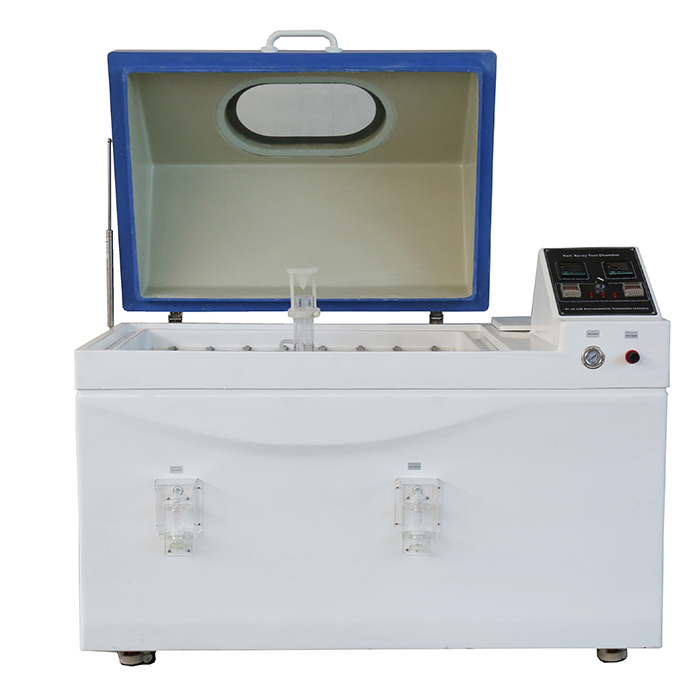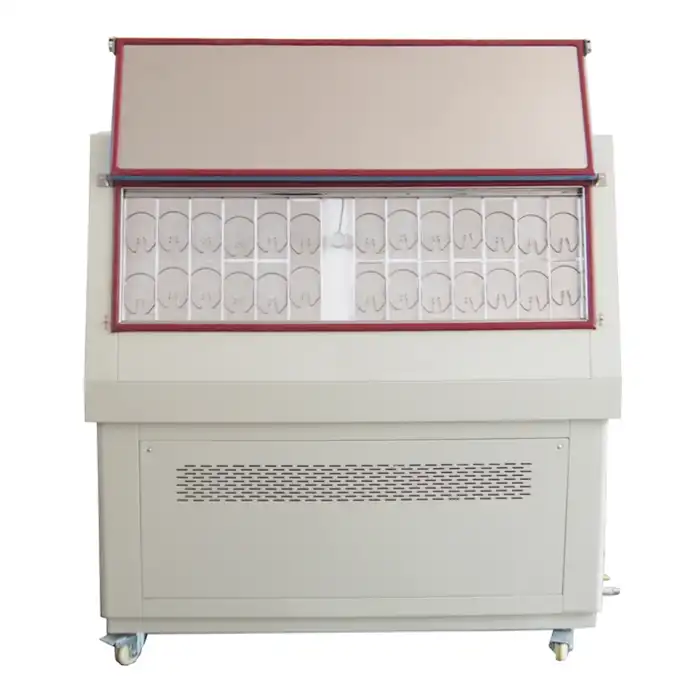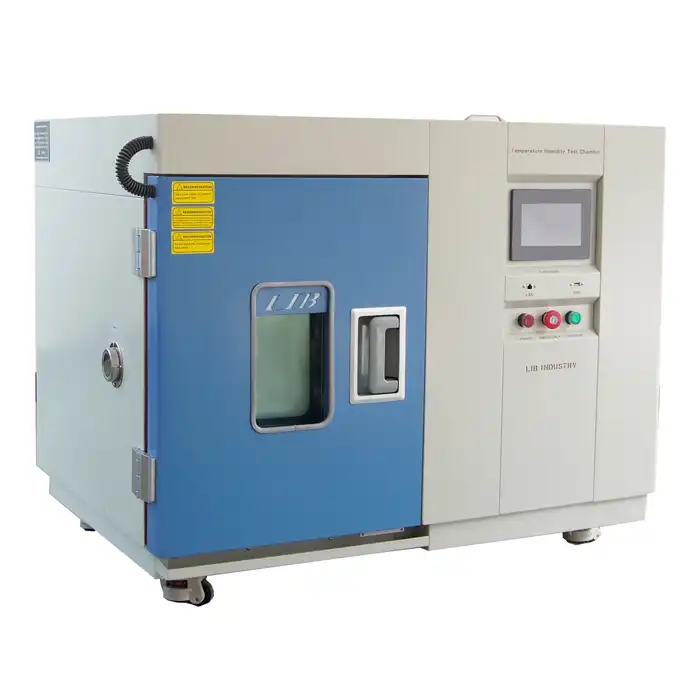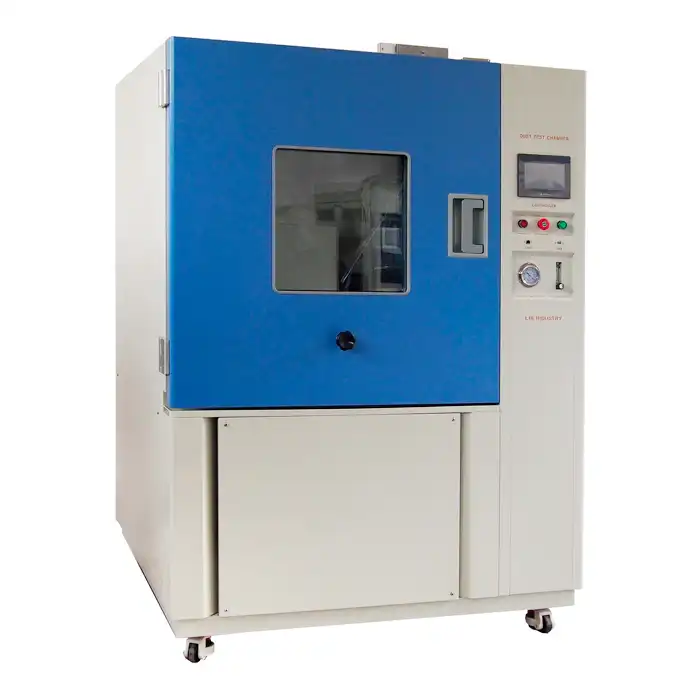How does a PV Environmental Chamber work?
How does a PV Environmental Chamber work?
A PV environmental chamber, short for photovoltaic environmental chamber, is specialized equipment used in the testing and development of solar panels. These chambers simulate various environmental conditions that solar panels may encounter during their lifespan, allowing researchers and manufacturers to evaluate the performance, durability, and efficiency of the panels under controlled conditions.
The Components of a PV Environmental Chamber
Enclosure: The chamber is enclosed to create a controlled environment. This enclosure is usually made of a durable material, such as stainless steel or reinforced plastic.
Temperature Control System: This system regulates the temperature inside the chamber to simulate different environmental conditions. It can heat or cool the chamber as needed, and some advanced chambers may even have the capability to simulate rapid temperature changes.
Humidity Control System: Many PV environmental chambers also feature a humidity control system to simulate different levels of humidity that solar panels may encounter in real-world conditions. This is particularly important for evaluating the durability of panels over time.
Light Source: Since the primary purpose of solar panels is to convert sunlight into electricity, PV environmental chambers are equipped with a light source to simulate solar irradiance. This light source typically consists of one or more lamps that produce light with a spectrum similar to sunlight.
Mounting System: Solar panels need to be securely mounted inside the chamber during testing. The mounting system allows researchers to position the panels at specific angles and orientations to simulate different installation scenarios.
Monitoring and Control System: A PV environmental chamber is typically equipped with sensors to monitor various parameters such as temperature, humidity, irradiance, and electrical output. These sensors feed data to a control system that regulates the chamber's conditions and ensures that the testing environment remains consistent.
Safety Features: Since PV environmental chambers can involve high temperatures, intense light, and electrical components, they are equipped with safety features such as emergency shut-off switches, temperature alarms, and protective barriers to prevent accidents and ensure the safety of personnel.
The Working Principle of a PV Environmental Chamber
Enclosure and Insulation: The chamber is a sealed enclosure designed to maintain a controlled environment. It's often insulated to prevent external influences from affecting the testing conditions.
Temperature Control: One of the critical factors in testing solar panels is temperature. The chamber's temperature control system regulates the internal temperature to simulate different environmental conditions, including extremes of heat and cold that panels might face outdoors. Heating elements and cooling systems are used to adjust the temperature as needed.
Humidity Control: Many environmental chambers also incorporate a humidity control system to mimic various humidity levels that solar panels might experience. This control helps assess the effects of moisture on the panels' performance and longevity.
Light Source: Since solar panels rely on sunlight to generate electricity, the chamber is equipped with a light source that mimics solar irradiance. This light source often consists of lamps designed to produce a spectrum similar to sunlight. The intensity and duration of light exposure can be controlled to replicate different weather conditions and times of day.
Mounting and Positioning: Solar panels need to be securely mounted inside the chamber for testing. The chamber typically includes a mounting system that allows researchers to position the panels at different angles and orientations to simulate various installation scenarios.
Monitoring and Control System: Sensors placed throughout the chamber continuously monitor parameters such as temperature, humidity, light intensity, and electrical output from the solar panels. These sensors feed data to a control system, which adjusts the chamber's conditions to maintain the desired testing environment. Researchers can set specific parameters and conditions for testing and observe how the panels respond.
Data Collection and Analysis: Data logging systems record measurements taken during testing sessions. This data is then analyzed to evaluate the performance, efficiency, and durability of the solar panels under different environmental conditions. It helps researchers understand how the panels will behave in real-world situations and identify areas for improvement in their design and construction.
Applications and Benefits of Using a PV Environmental Chamber
Applications:
Performance Testing: PV environmental chambers allow for precise testing of solar panels' performance under controlled conditions. This includes assessing their efficiency in converting sunlight into electricity and their behavior under different temperature and humidity levels.
Durability Testing: Solar panels are exposed to various environmental stressors over their lifespan, including temperature fluctuations, humidity, and exposure to UV radiation. Environmental chambers simulate these conditions to evaluate the durability and long-term reliability of panels.
Material Testing: Environmental chambers can be used to test the durability and performance of materials used in solar panels, such as encapsulants, back sheets, and coatings. This helps identify materials that can withstand harsh environmental conditions and prolong the lifespan of the panels.
Quality Control: Manufacturers use environmental chambers as part of their quality control processes to ensure that solar panels meet industry standards and specifications. Testing panels in controlled environments allows for consistent and reproducible results.
Research and Development: Environmental chambers are valuable tools for researchers studying new materials, designs, and technologies for solar panels. They provide a controlled environment for testing prototypes and conducting experiments to improve the efficiency and performance of photovoltaic systems.
Certification Testing: Environmental chambers are often used in the certification process for solar panels. Testing panels in simulated environmental conditions helps demonstrate compliance with regulatory standards and certifications, such as those set by organizations like the International Electrotechnical Commission (IEC) and Underwriters Laboratories (UL).
Benefits:
Accurate Simulation: Environmental chambers accurately replicate real-world environmental conditions, allowing for precise testing and evaluation of solar panels' performance and durability.
Cost Savings: By testing solar panels in controlled environments, manufacturers can identify potential issues early in the development process, reducing the need for costly field testing and minimizing the risk of product failures.
Time Efficiency: Environmental chambers enable researchers to conduct accelerated testing, simulating years of exposure to environmental stressors in a fraction of the time it would take in the field. This accelerates the research and development process and shortens the time to market for new solar technologies.
In conclusion
In conclusion, a PV environmental chamber is a valuable tool in the development and testing of solar panels. It allows for precise control of environmental conditions, which is essential for evaluating the performance and durability of solar panels under real-world conditions.
For more information about PV environmental chambers, please contact info@libtestchamber.com.
References:
ASTM International. (n.d.). ASTM D4332 - 14 Standard Practice for Conditioning Containers, Packages, or Packaging Components for Testing. https://www.astm.org/Standards/D4332.htm
International Organization for Standardization. (2017). ISO 16474-1:2017 - Paints and Varnishes -- Methods of Exposure to Laboratory Light Sources -- Part 1: General Guidance. https://www.iso.org/standard/61721.html



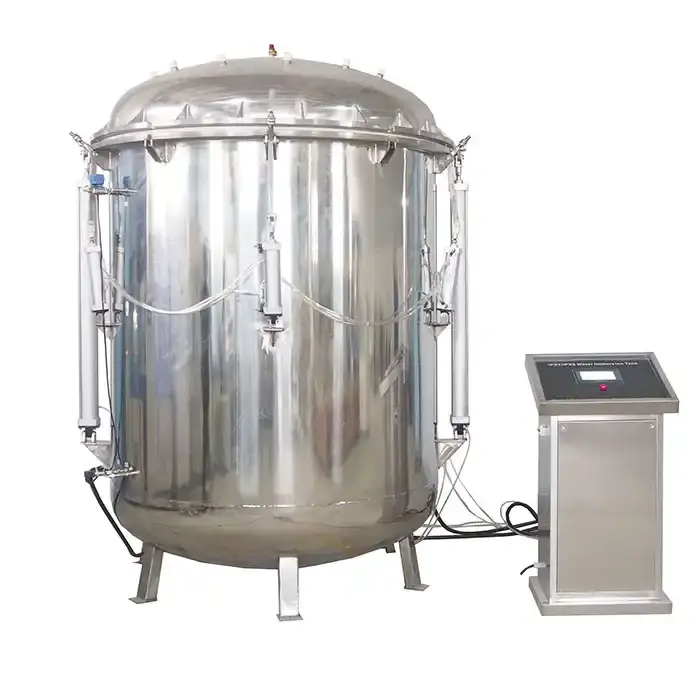
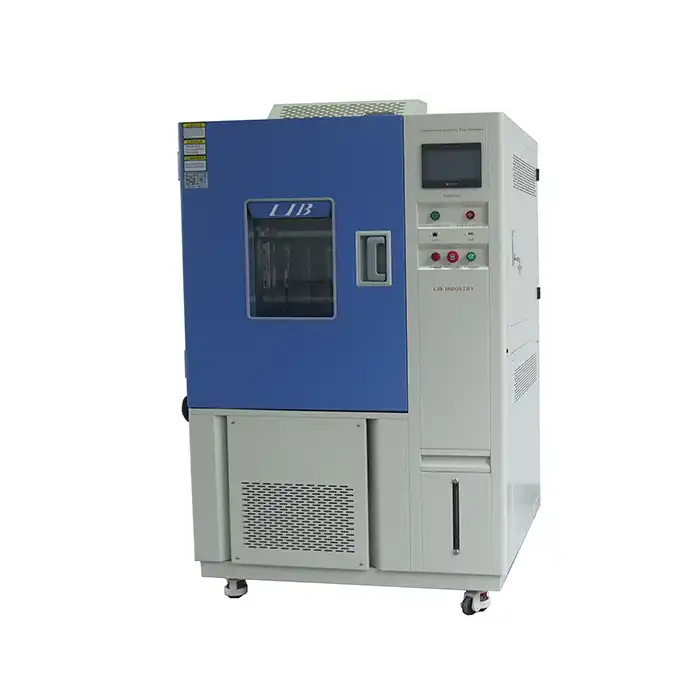
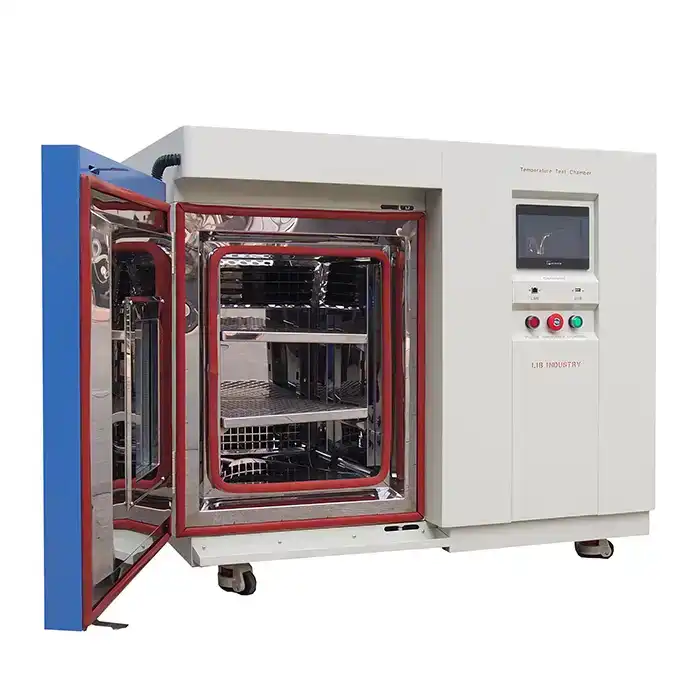
.webp)
